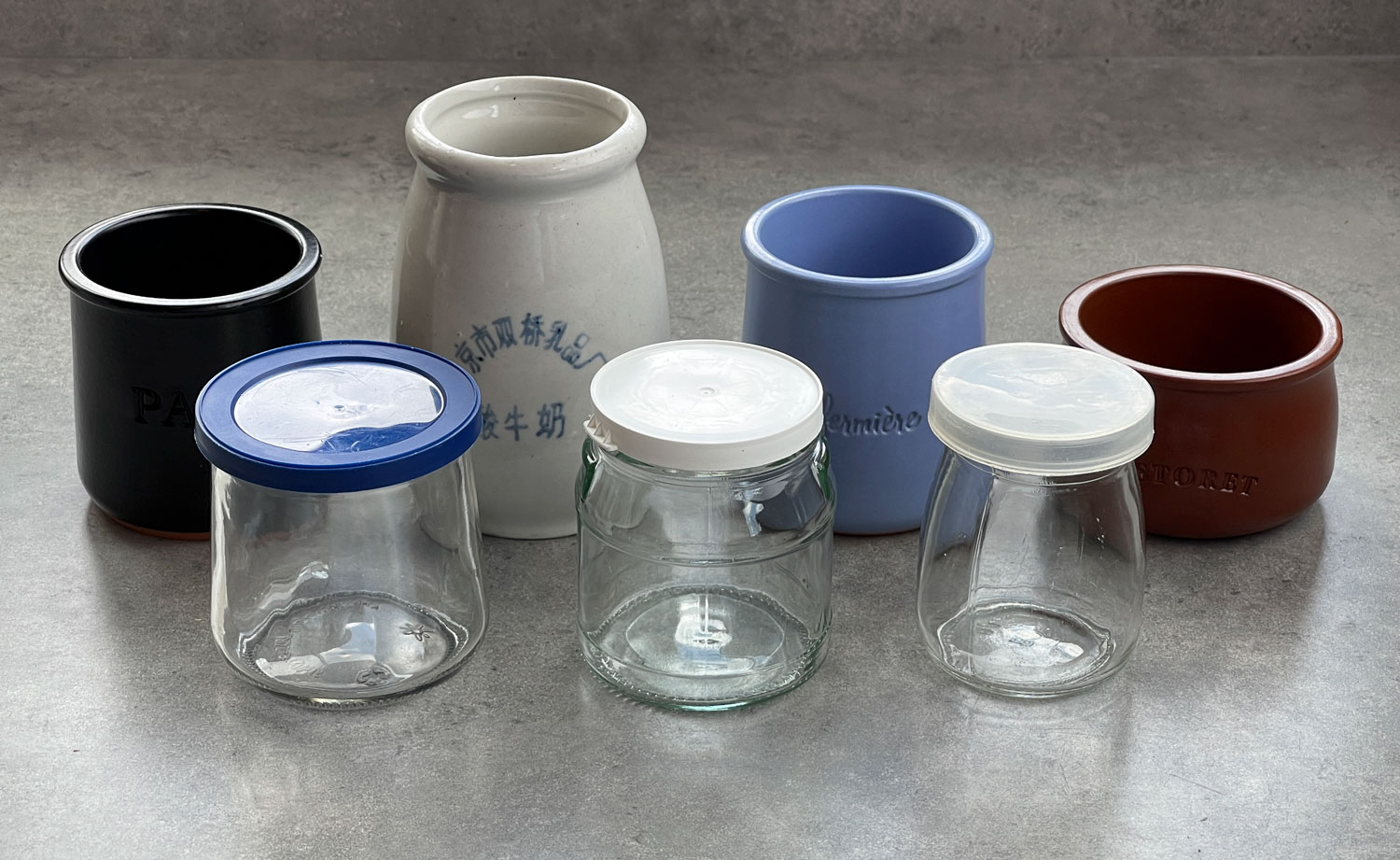The Sustainable Culture of Yogurt Jars
Photo by Forrest Anderson
While other tourists in Paris are sampling perfume, sniffing scented soaps, stocking up on multi-colored macarons and buying a beret, I am darting into supermarkets and heading for the dairy section.
Along with my obsession with yogurt (hitherto noted on this blog) is a compulsion to find and use quaint ceramic and glass yogurt jars. I’m not the only one. Small yogurt jars are reused not only at my house, but by many who are posting their creative uses for them on Pinterest, Etsy, and Instagram.
My interest in yogurt jars isn’t limited to France. I have hunted for them in China, Japan and all over the Internet. Here’s my basic yogurt jar itinerary.
Beijing
My obsession with yogurt jars began with the stoneware yogurt jars sold on the streets of Beijing, China, filled with delicious yogurt and with a paper cover secured with a rubber band. The yogurt could be sipped through a straw and the jar returned to the store vendor. Sometimes a store owner would let me buy the jar, while grumbling that he already had a shortage. Over 13 years of living in Beijing, I collected these charming little jars which we used for pencil, pen and ruler holders.

When my daughter recently photographed two of them on my desk and posted them on an Instagram feed for people who had lived in Beijing, the photo got 169 likes within less than an hour, with many comments about how the jar brought back memories of Beijing.
Japan
Fast forward to Japan, where the yogurt served in tiny quaint glass jars in the courtesy lounge of a hotel I stayed in inspired a hunt for similar ones. The hotel staff refused to sell me any, saying that they already had a constant shortage of them, presumably because so many hotel guests took off with them. An exhaustive search through the stores on Tokyo’s main kitchen utensils street, Kappabashi, and in supermarkets and stores there failed to turn up any like them. I returned home disappointed, to find and order them on the Internet after a long search. Turns out I was ahead of a trend. This type of yogurt jars now are a popular Amazon’s Choice item.
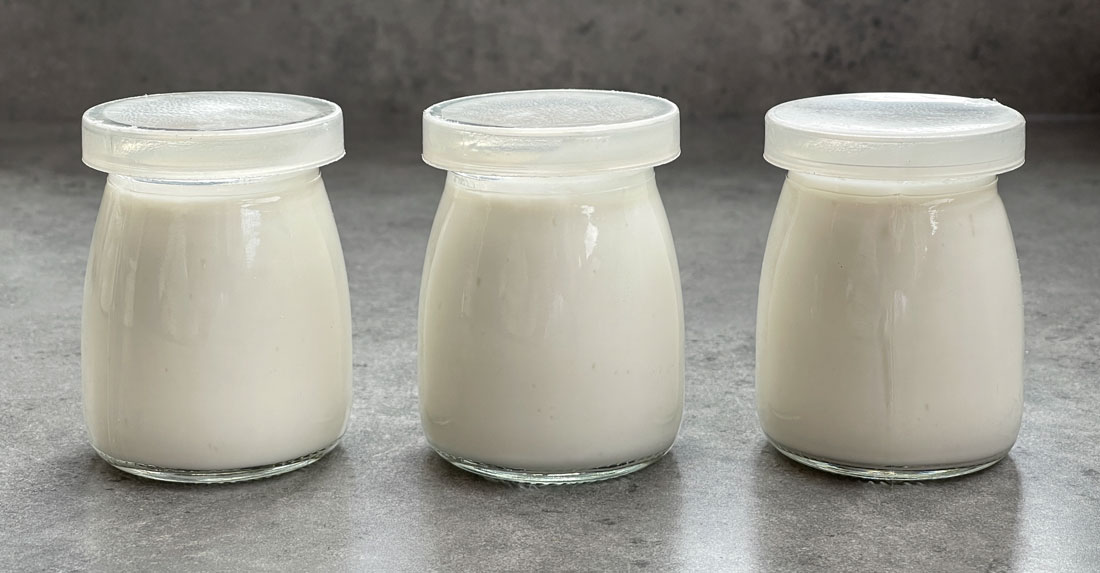
Paris
Paris is one of the world’s best cities for yogurt. On trips to Paris, I was on a constant search for ceramic La Fermière jars – small ceramic cups of French yogurt. That meant going into every supermarket I saw, because most of them didn’t sell La Fermière.
When we finally located a store that sold the periwinkle blue cups that La Fermiere is famous for, we stocked up. We use them daily, mostly to drink water or milk out of.
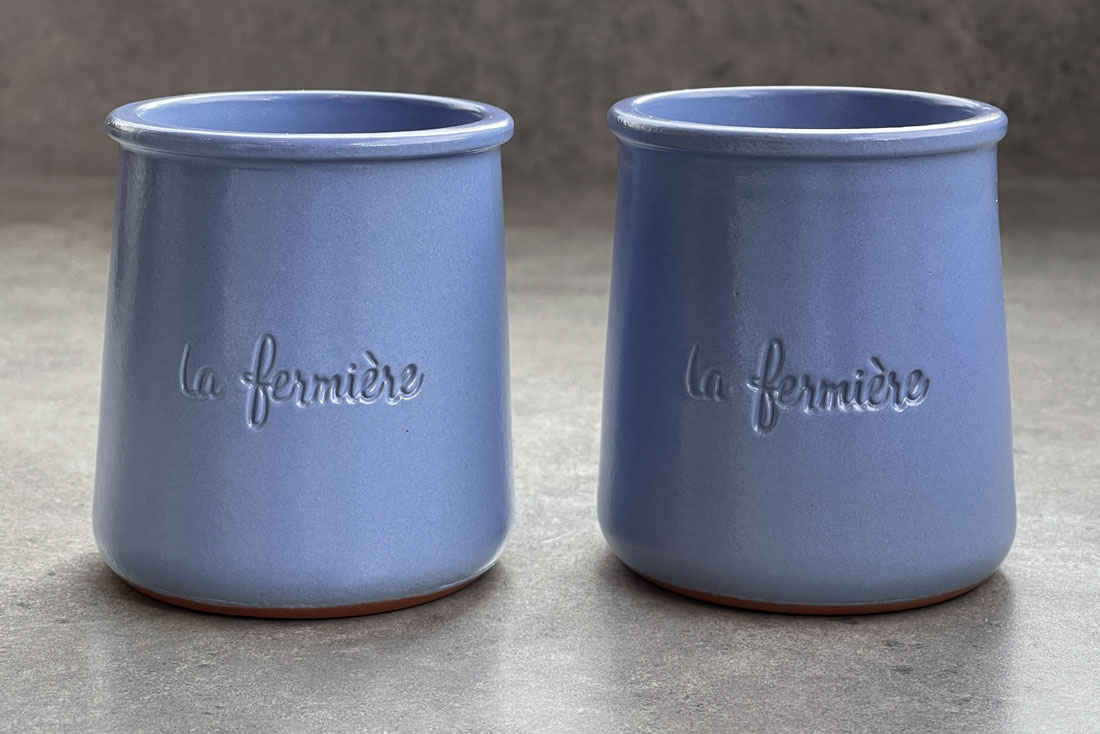
La Fermière, which means “farmer” in French, is a company in Provence, France, which is known for producing yogurt in these charming cups. In addition to the blue ones, La Fermiere at some times of the year packages its yogurt with ceramic cups in other colors – red and green at Christmas and red at Valentine’s Day. Depending on the occasion, the cups come in terracotta, yellow, celadon, and pink.
We also were delighted to find black ones of similar size and height at a Paul Bakery at a French train station. We bought the bakery’s entire stock.
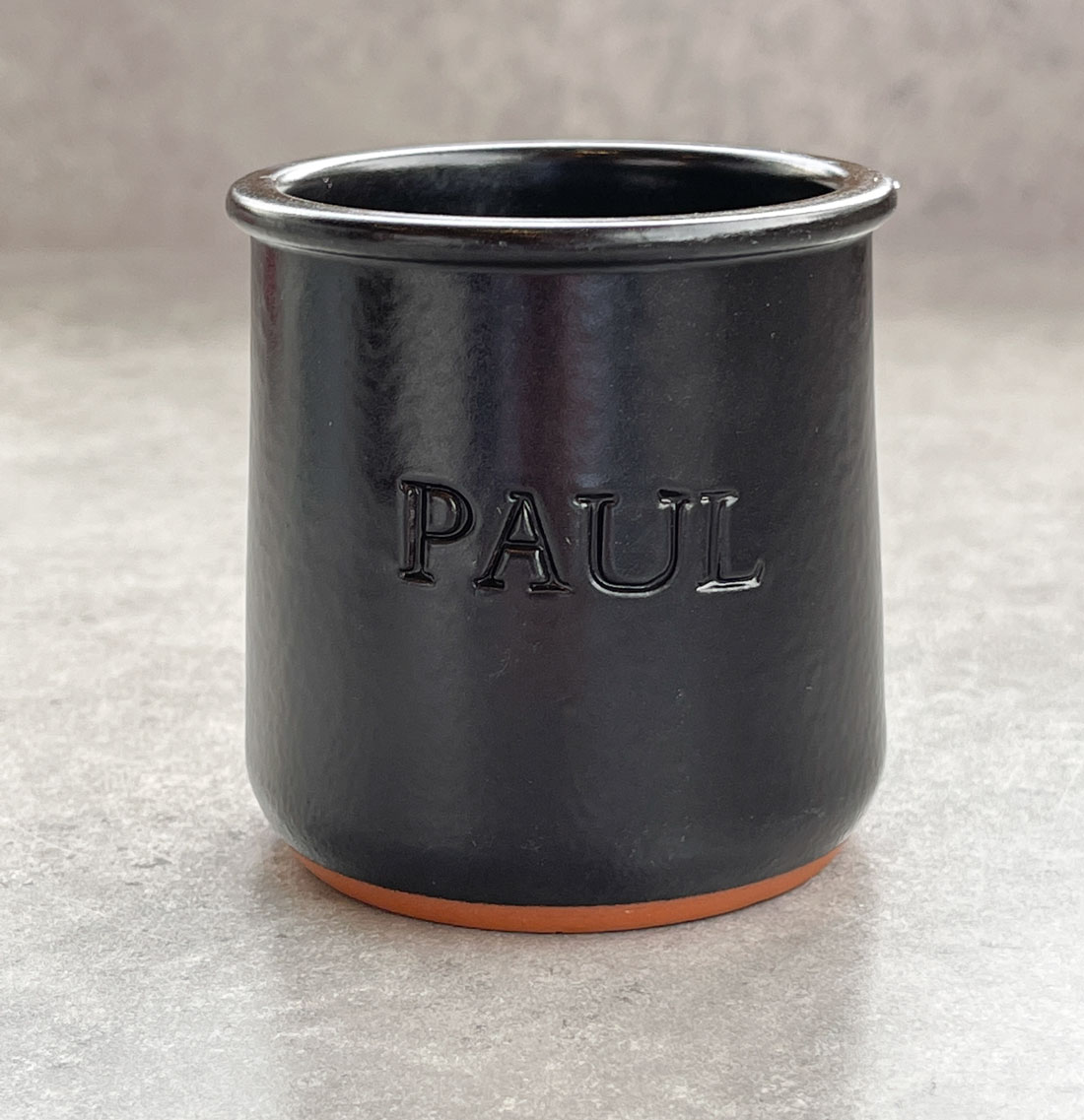
La Fermiere also sells yogurt in glass jars.
Pastoret
A related lucky find in the dairy section were tiny terracotta pots filled with chocolate mousse produced by Pastoret, an artisan dairy product company in the Catalonian county of La Segara, Spain.
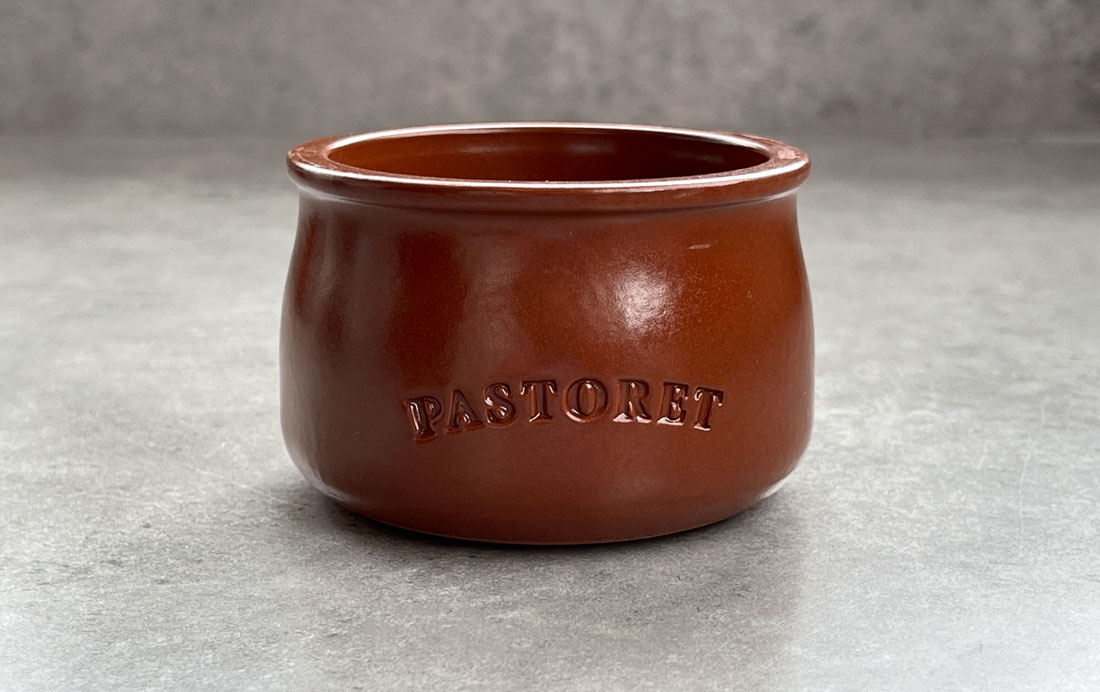
The company’s mission is to develop traditional recipes for yogurt, crème fraiche, fresh cheese and other dairy foods by using both modern practices and organic farming. The terracotta pots and similar glass ones that the company uses fit perfectly into its image of authentic craft foods.
We bought six of the chocolate mousses and then were faced with the daunting task of binging on the mousse so we could pack the jars in our suitcases the next morning.
We also picked up some yogurt in small glass jars shaped like milk cans.
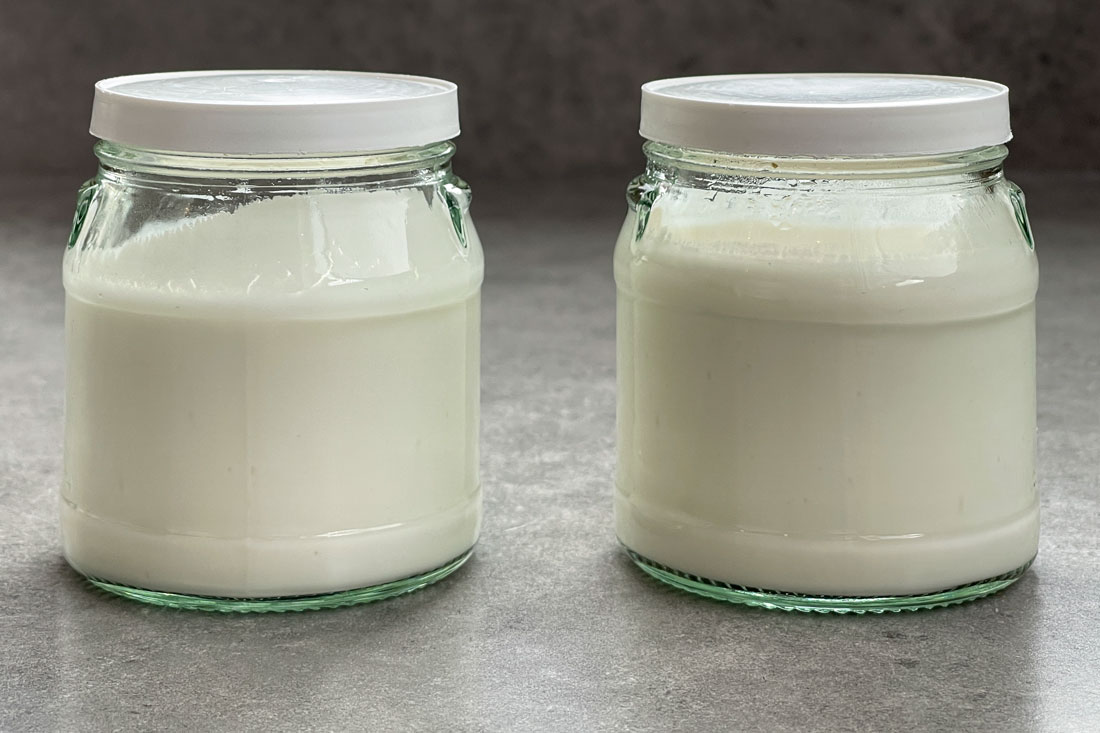
The result was that our carry-on was full of yogurt jars with our clothes wrapped around them – not the lightest cargo.
The United States
Since then, La Fermière has started to sell its yogurt in selected locations in the United States. La Fermière has sold limited glass yogurt jars for the Fourth of July decorated with American flags.
Another glass option is Oui yogurt jars, which come in two sizes and for which plastic lids can be ordered on-line. We make our own yogurt, but we buy Oui yogurt for yogurt starter so we have slowly added to our collection of them.
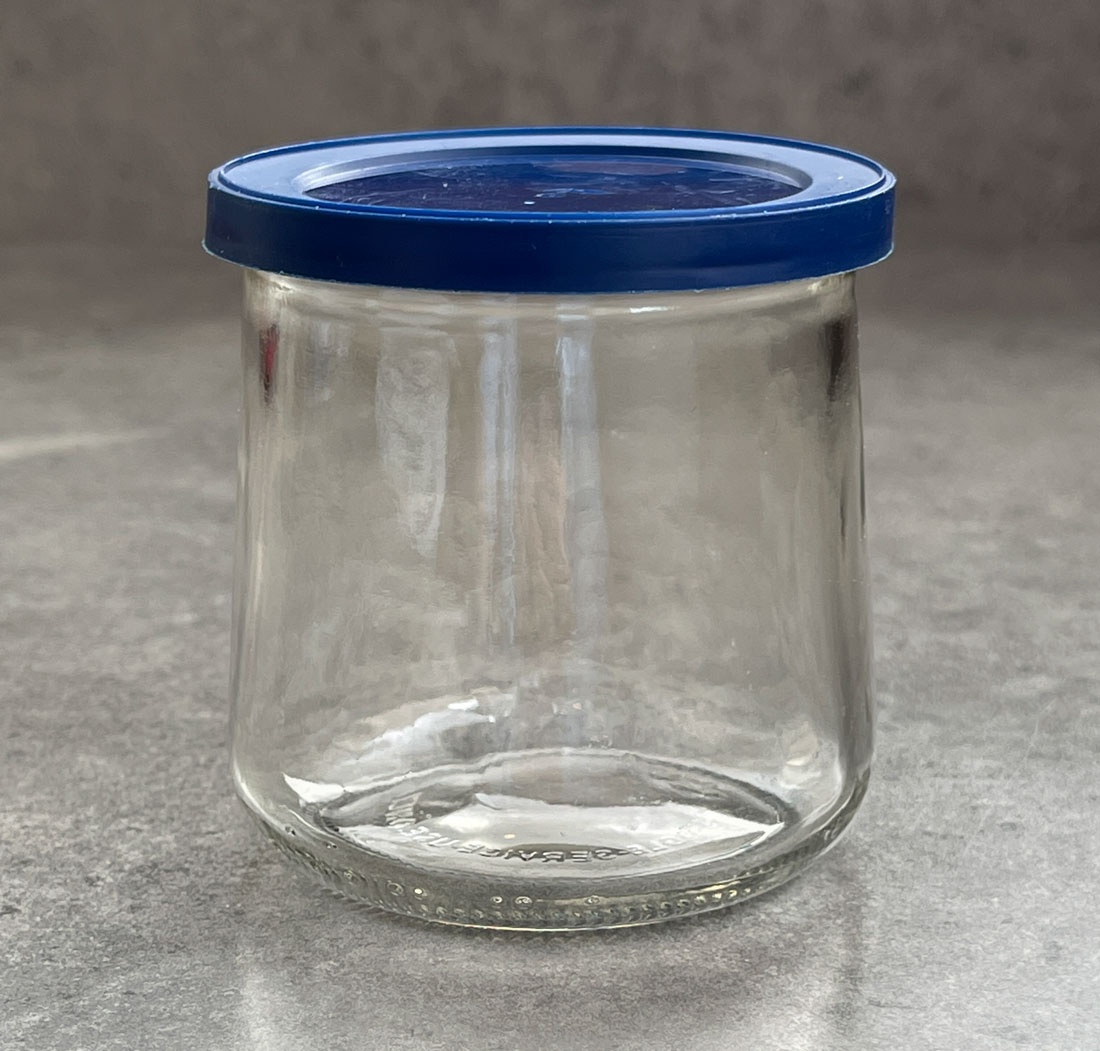
Why collect yogurt jars?
Other than the obvious answer, to store yogurt, they are dead useful.
You can drink out of them and store all manner of items from Q tips and cotton balls to coins, spices and snacks in them.

You can plant small plants and herbs in them, use them for small flower vases, use them for candle holders, fill them with goodies and decorate them to give as gifts.

Thousands of yogurt cup fans have posted on social media outlets photos of craft projects using glass and ceramic yogurt jars for hanging planters, dessert cups and Halloween lanterns.
Oui’s website has pages of DIY tips for recycling its yogurt jars and the jars’ popularity as a craft item is a major selling point for La Fermière.
Oui DIY has 17,000 followers on Pinterest. La Fermiere’s Instagram has more than 15,000 followers.
You also can use them to stow the small tools and paraphernalia that go with hobbies. My husband, a fountain pen geek, cleans pen tips in a glass Fermière jar.


The ceramic yogurt jars can be used for baking, as they can withstand oven temperatures up to 480 F, and they are microwaveable, freezeable and dishwasher safe. This means small French cheesecakes, muffins, brownies, cakes, pies, rice puddings, parfaits and ice cream treats in a cup. What’s not to love?
I like to use them for snacks and desserts because they hold between a ½- ¾ cup of food, so they are a natural way to control portion sizes for weight control purposes.
Resales of the Jars
If La Fermière isn’t sold in your location, all is not lost. There’s a thriving resale market in ceramic yogurt jars on Etsy and Ebay. On Etsy, you can even get crocheted covers and macrame hangers for your yogurt jars, or tiny baskets that they fit into.
Cermer
Trying to find out more about the origin of the ceramic containers, I checked the bottoms of the La Fermière jars, Paul jars and Pastoret mousse pots and found that they all are produced by one company, Cermer, which is based in Villarreal, Castellon, in eastern Spain.
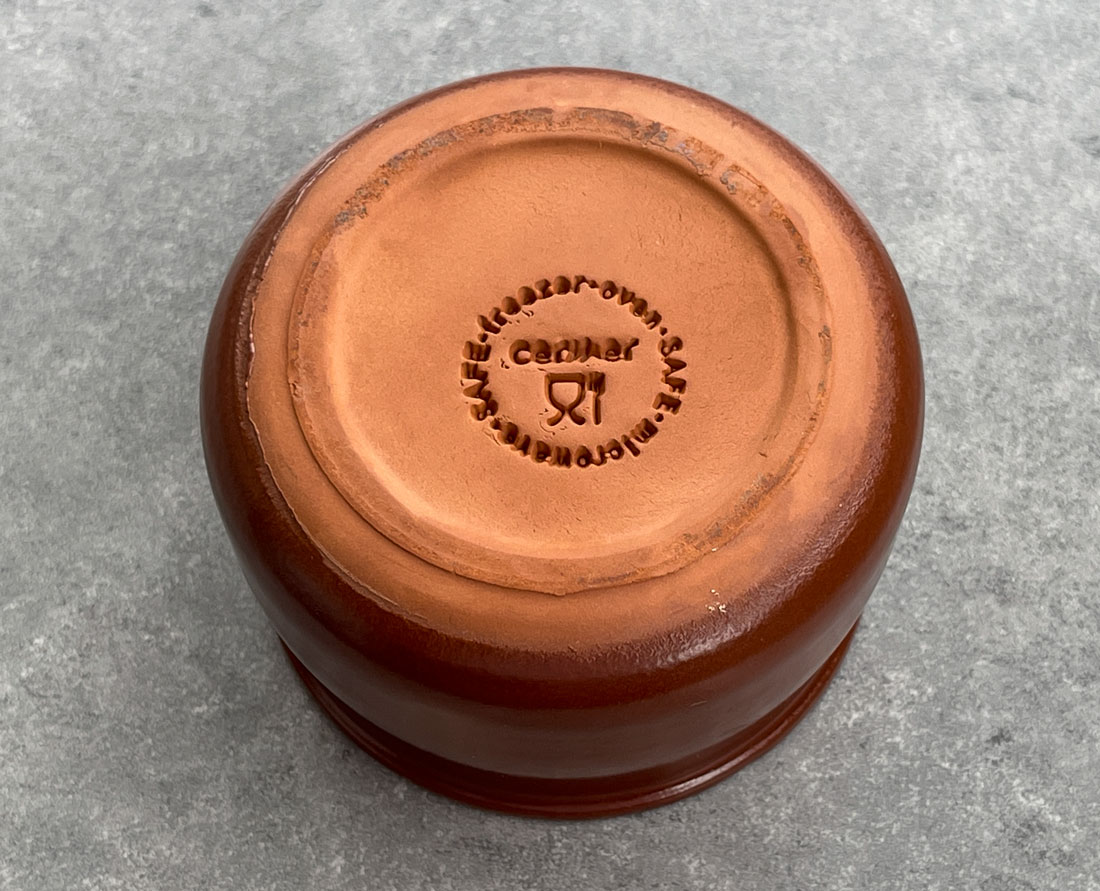
Cermer was founded in 1989 in a region with a 3,000-year history of local ceramics. The company developed ceramic food containers for Unilever ice cream. The company expanded into producing ceramic containers for dairy products in general in 1993, and began selling ceramic containers for retailers and supermarkets in 1996. The company developed patented cadmium- and lead-free glazes for food containers.
It expanded into Russia, Australia and the United States in 2008.
Cermer’s containers can be custom engraved with brand names or, in the case of La Fermière, with snowmen and hearts for special limited edition products for holidays. The engraving has made ceramic packaging into a marketing tool that keeps brands in consumers' homes on an indefinite basis, contributing to them becoming household names.
Cermer also started producing containers for ready meal and sauce producers in 2009.
Cermer’s goal is to improve their production techniques while retaining the natural character of their products and having a low impact on the environment.
The containers can be recycled and used many times. They are made with clay that is an abundant resource worldwide and has an extraction process with low environmental impact. They are made of inert materials that don’t give off harmful chemicals. One of Cermer’s main criteria is for the containers to meet the strictest food safety standards.
Cermer sells its containers to companies that want an image of authenticity, good quality and want to use recyclable containers. Because of the quality of the containers, consumers are happy to reuse them in a way that vastly expands their life span. Ceramic containers improve the preservation of food products because they are a natural barrier against light, humidity and temperature changes that can degrade foods.
Cermer also has developed production flexibility to work with large and niche companies.
Ceramics are not 100 percent eco-friendly, as firing them requires using energy, although less than is used in glass production. Modern ceramic industries use heat recovery systems that feed heat generated by kilns back into building and water heating to reduce the kilns’ carbon footprint. Some factories also export kiln heat to surrounding users to save on a community’s overall energy use for heating.
Pottery weathers and decomposes like stone does, but fired glazes take much longer to do so because they provide a protective layer. That is why glazed pottery is one of the most common items archeaologists recover from ancient historic sites. However, because pottery is so durable, it can be reused again and again over generations. When it does degrade, it is not toxic to the environment. It can be ground into powder in a non-polluting way and reused in construction.
The biggest frustration of Cermer containers is finding them, as there are many locations where products that use them aren’t sold. Fortunately, there is a thriving resell market for Cermer containers on eBay.
Glass, like ceramics, is generally considered a sustainable, recyclable material that helps conserve natural resources. It has the obvious significant advantage that glass containers can be reused many times. Some glass containers from the Roman era still could be used to hold liquids and food. I own 150-year-old glass items inherited from my family that are still functional. Glass also is safe for food storage and can be produced in ways that are attractive and useful for consumers long after the original contents are gone. In food, glass preserves taste and vitamins.
Glass is made from natural abundant raw materials such as sand and is fully recyclable by remelting and repurposing it in new glass containers. Glass bottles currently have a recycling rate of 50 to 80 percent, which saves significant amounts of raw materials. Less energy is required to melt recycled glass than the raw materials to make glass, so glass manufacturers have an incentive to use recycled glass as it can save them energy and money all along the production process.
In fields outside the container industry, glass also is valued because insulating glass can save energy in buildings, and glass fiber can reduce the weight of vehicles and thus their fuel consumption. Glass fibers are used in solar thermal and photovoltaic energy and wind turbine applications that provide renewable energy.
The amount of solid waste produced by glass industries during manufacturing is extremely low, because almost all glass waste is recycled to serve as raw material for new products.
Glass production is not 100 percent environmentally friendly, as producing it leads to some carbon dioxide, sulphur dioxide and nitrogen oxide emissions. Evaporation from molten glass and raw materials also can cause the release of particles into the atmosphere. Other environmental issues with glass production are water pollution, the use of non-renewable raw materials, production of some solid waste and emissions of volatile organic compounds used in coatings and mirrors.
Minimizing and controlling such emissions is the focus of on-going research in the industry to determine the best technological balance, as reducing emissions in one area can produce other negative environmental and technological impacts.
Which brings us to the serious point of this blog – the drastic need for recyclable food and beverage containers that reduce the environmental impact of disposable plastic containers.
Disposable plastic waste is clogging not just landfills worldwide, but rivers and oceans. A recent National Geographic article reported that plastic containers are washing up on uninhabited islands at a rate that is turning their beaches into landfills. Millions of marine animals are killed annually by ingesting pieces of plastics. Nearly 700 species have been adversely affected by plastic. The world’s 122 major rivers account for more than 90 percent of plastic input from rivers into the ocean. The problem is so extreme that some rivers, such as the Pasig River in Manila, Philippines, have become completely clogged with trash, mostly plastic containers.
While most of this plastic waste isn’t from North America or Europe because those areas have advanced waste management programs, plastic bottles still are serious toxic additions to the environment in developed countries. Plastic containers release toxic emissions, do not readily degrade and many are used once and then discarded.
Recycling strategies are based on reducing the amount and environmental impact of material used to create packaging, reusing that packaging again and again, and when it is worn out or broken, recycling the material it is made out of in a way that benefits the environment.
Making packaging that can be reused long term for multiple purposes and recycled into new products requires creating integrated strategies between sectors of an industry from production to supply chain to consumers to recycling strategies. The entire production and use cycle must reduce the environmental impact, be convenient for and attractive to consumers, be financially sustainable and provide the right industrial sectors with an affordable, reliable source of recovered materials.
Achieving such a system requires technological innovations, consumer education, design and engineering that both creates containers that consumers want to own and reuse long-term and an integrated recycling chain.
Individually, one of the most environmentally sound strategies we can employ is to reuse glass and ceramic food containers when possible and recycle them rather than throwing them away. Washing and refilling a container saves 100 percent of the energy and materials that would be used to replace or recycle it. It simply requires expanding what we already do with drinking glasses, bowls and plates into the reuse of other containers.
Before the plastic revolution, this strategy was a standard mainstream part of life. Many manufacturers packaged their goods in ceramic, glass, or metal containers that were beautifully designed and branded. In some countries, many containers were made of bamboo and other renewable and biodegradable materials and were used for years before being discarded. Consumers valued and recycled these containers, which now are seen as antiques. Combining this approach with modern technology can do much to help alleviate the climate crisis.
Check out these related items
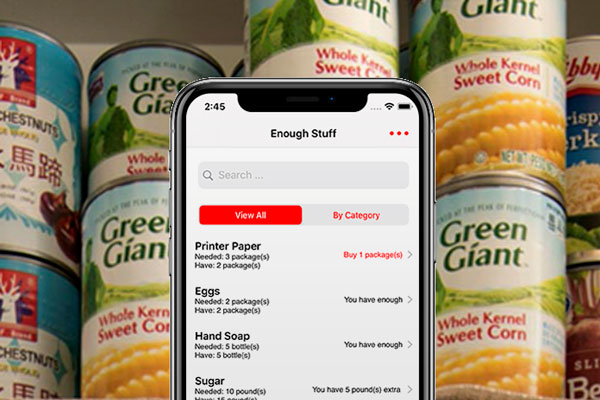
Enough Stuff App
The Enough Stuff inventory app for iOS helps you keep track of how much you have of items so you don't buy more of them than you need.

Home Gnome App
The iOS app that helps you keep track of what tasks you need to do and when to do them to maintain your home well all year long.

Green Thumbometer App
The all-in-one iOS app that's a gardening calendar, gardening journal, gardening to-do list and source of gardening information.
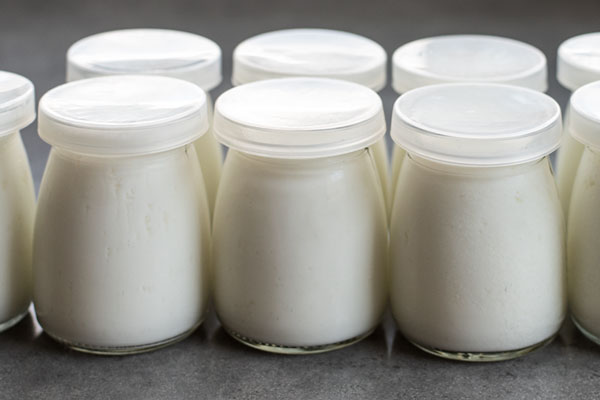
Yearning for Yogurt
Yogurt is one of the oldest and most popular foods and a booming global industry. Here's our recipe for creamy mild yogurt.
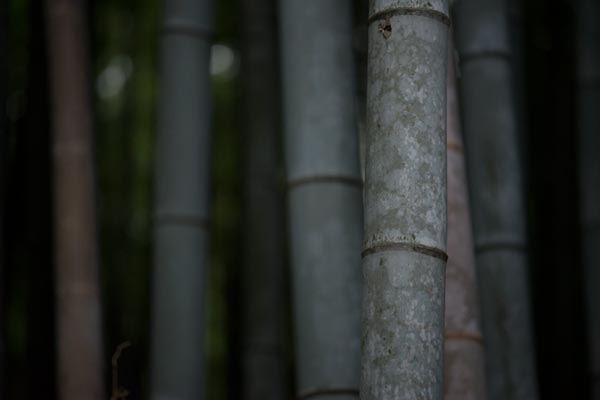
Sustainable Bamboo
Eat it, build a home or furniture with it, use it in the kitchen, use it for plumbing, wear it, make fences or containers with it.
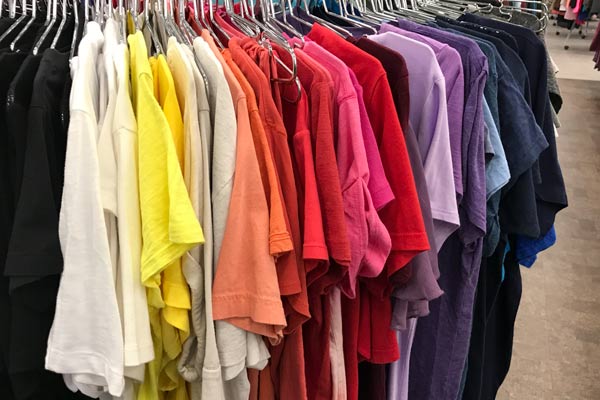
Sustainable Clothing
The trade war with China. Environment degradation. Household debt. To bring all of them into focus, we can look in our closets.
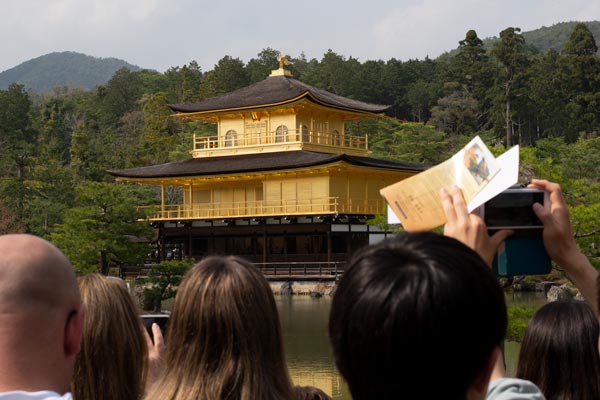
Sustainable Tourism for Holidays
Packing for travel this holiday season should include a primer on how to be responsible, sustainable tourists. Here it is.

Fruit Drinks of Mexico and Asia
Delicious fruit drinks are ubiquitous at restaurants and street stands in Mexico, Taiwan and Southeast Asia. You can make them at home with our favorite recipes.

Good Things in Small Portions
Eva, a restaurant in Salt Lake City, serves a taste-testing meal on small plates, a welcome break from too much food and not enough variety.
